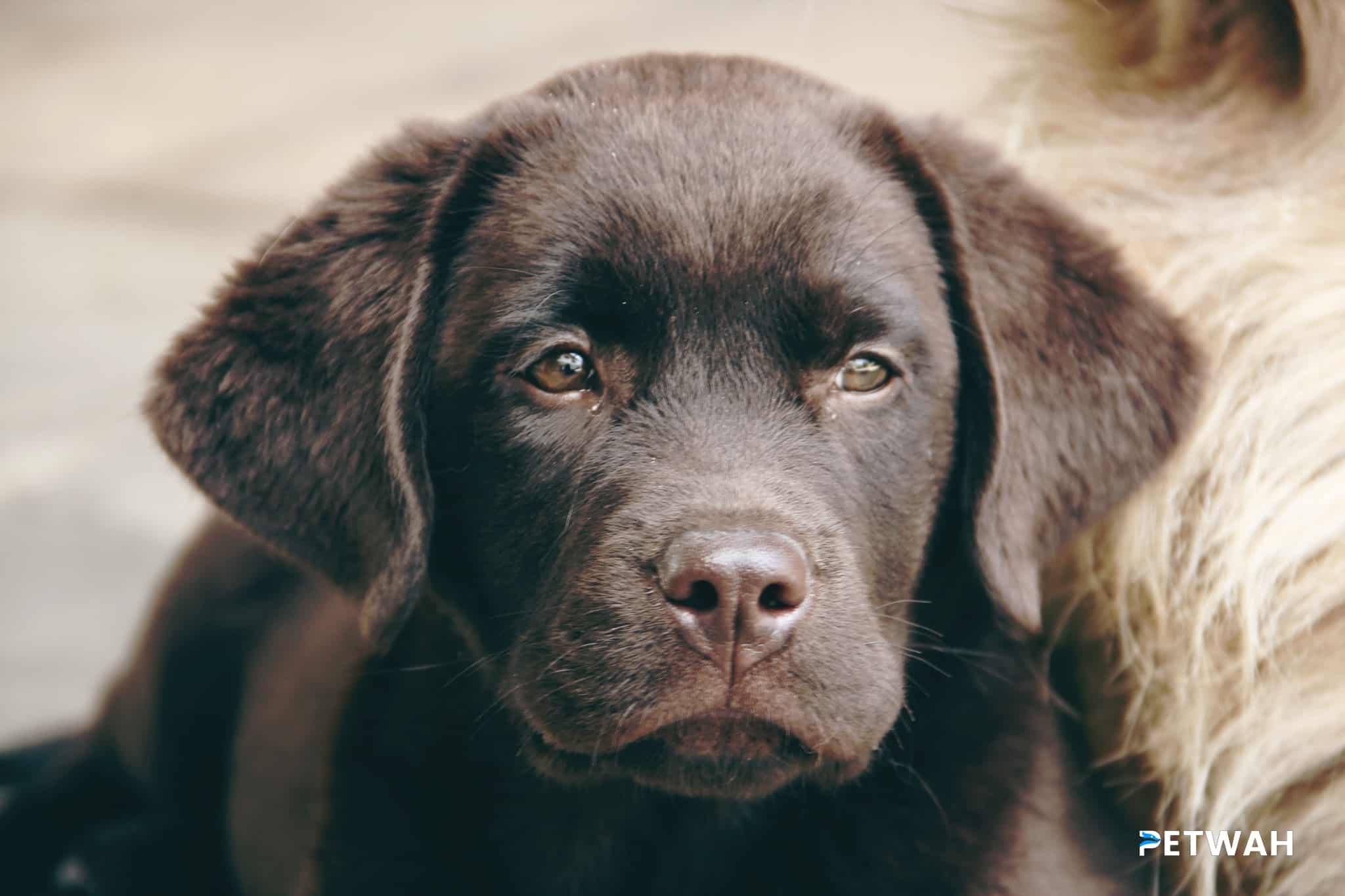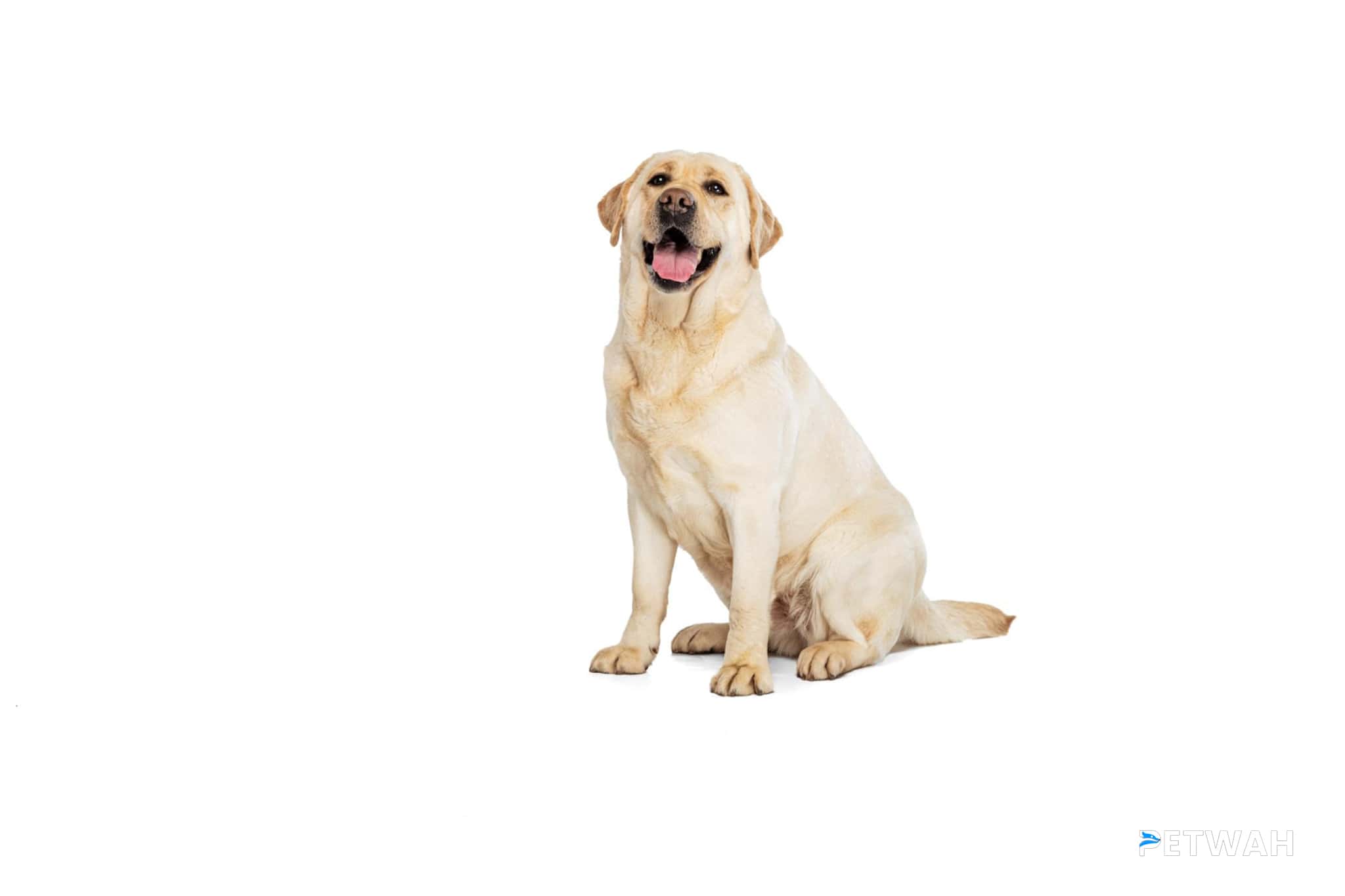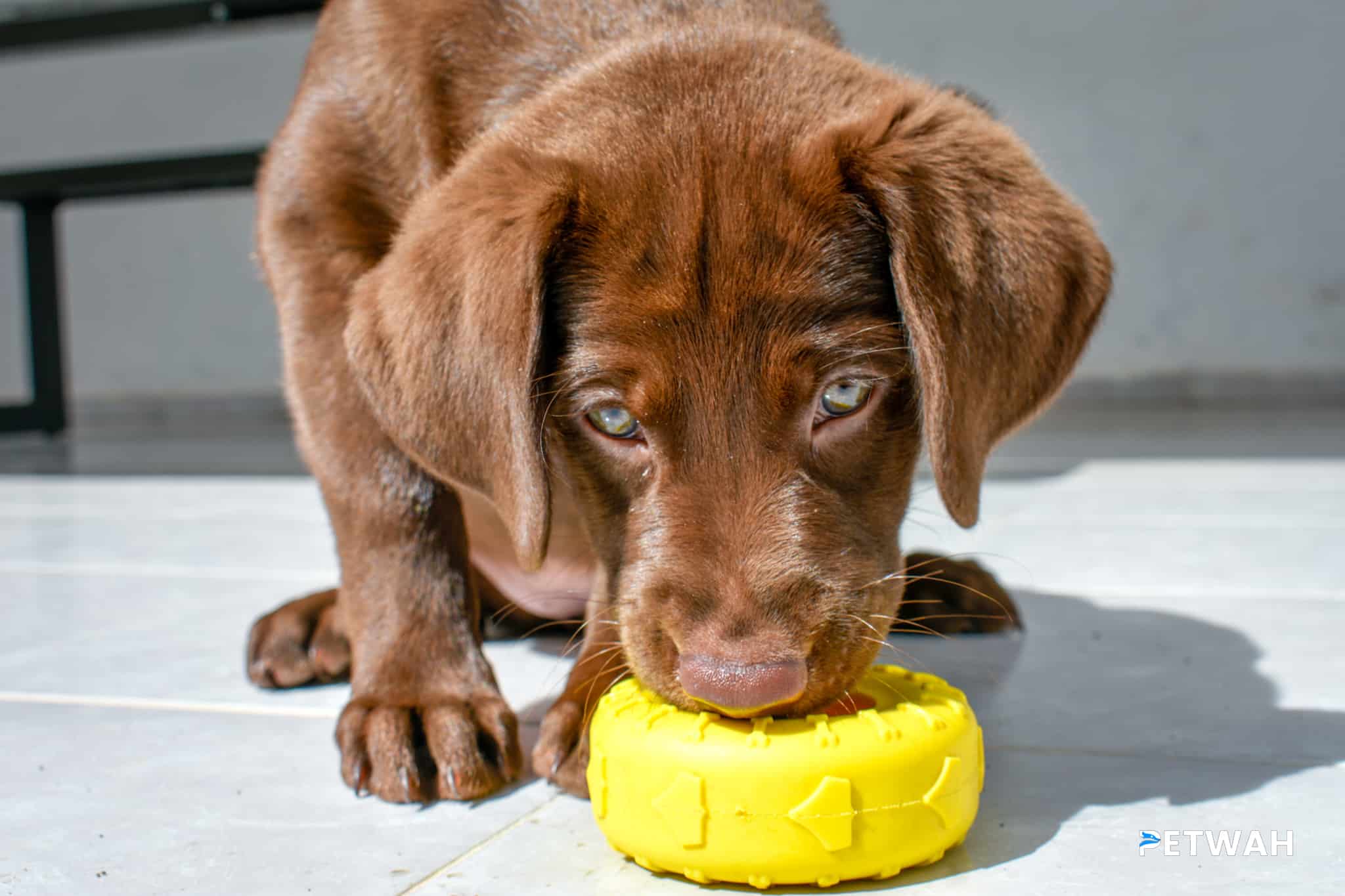Labrador Retrievers are a beloved breed known for their friendly, happy-go-lucky personalities. So, it can be concerning for pet owners when they notice their Lab acting fearful or anxious. Dogs can experience anxiety for a variety of reasons, from separation anxiety to fear of loud noises or unfamiliar environments. As a pet owner, it’s important to know the signs of anxiety in your Labrador Retriever so you can take the necessary steps to help them feel more comfortable and secure. In this blog post, we’ll discuss 10 common signs of anxiety in Labrador Retrievers to watch for.
Labrador Retrievers are known for their friendly and affectionate nature, which makes them one of the most popular dog breeds in the world. However, just like humans, dogs too can experience anxiety and fear. As a responsible pet owner, it’s important to know the signs that your Labrador Retriever may be experiencing anxiety, so you can take the necessary steps to help them feel better.
Here are 10 signs to watch for that may indicate that your Labrador Retriever is experiencing anxiety:
1. Excessive Barking or Whining: If your Labrador Retriever is barking or whining more than usual, it may be a sign of anxiety. They may be trying to communicate their discomfort or fear to you.
2. Pacing or Restlessness: If your Labrador Retriever is pacing or seems restless, it may be a sign that they are feeling anxious. They may be trying to find a way to alleviate their discomfort.
3. Hiding: If your Labrador Retriever is hiding in unusual places, it may be a sign of anxiety. They may feel safer in a confined space where they can’t be seen.
4. Trembling or Shaking: If your Labrador Retriever is trembling or shaking, it may be a sign of anxiety. They may be physically expressing their fear or discomfort.
 - Copy.jpg)
5. Destructive Behavior: If your Labrador Retriever is displaying destructive behavior, such as chewing on furniture or digging holes in the yard, it may be a sign of anxiety. They may be trying to release their pent-up energy or frustration.
6. Loss of Appetite: If your Labrador Retriever is not eating as much as usual, it may be a sign of anxiety. They may be too anxious or stressed to eat.
7. Aggression: If your Labrador Retriever is displaying aggressive behavior, such as growling or biting, it may be a sign of anxiety. They may be feeling threatened or scared.
8. Excessive Licking or Chewing: If your Labrador Retriever is excessively licking or chewing on themselves, it may be a sign of anxiety. They may be trying to self-soothe.
9. Dilated Pupils: If your Labrador Retriever’s pupils are dilated, it may be a sign of anxiety. Their body is preparing for a fight or flight response.
10. Excessive Panting: If your Labrador Retriever is panting excessively, it may be a sign of anxiety. They may be trying to regulate their body temperature or breathe deeply to calm themselves down.
If you notice any of these signs in your Labrador Retriever, it’s important to speak to your veterinarian. They can help diagnose the underlying cause of the anxiety and recommend a treatment plan that may include behavior modification techniques, medication, or a combination of both. With the proper care and attention, you can help your Labrador Retriever feel more comfortable and confident in their environment.
In conclusion, if you think your Labrador Retriever is experiencing fear or anxiety, it’s essential to address the issue before it becomes a more severe problem. By paying attention to the signs we’ve discussed in this post, you can identify the issue early and take steps to help your furry friend overcome their anxiety. Remember, it’s always better to err on the side of caution when it comes to your pet’s health and well-being. With patience, love, and the right support, you can help your Labrador Retriever feel comfortable, confident, and happy again.


%20-%20Copy.jpg)
%20-%20Copy.jpg)
%20-%20Copy.jpg)



